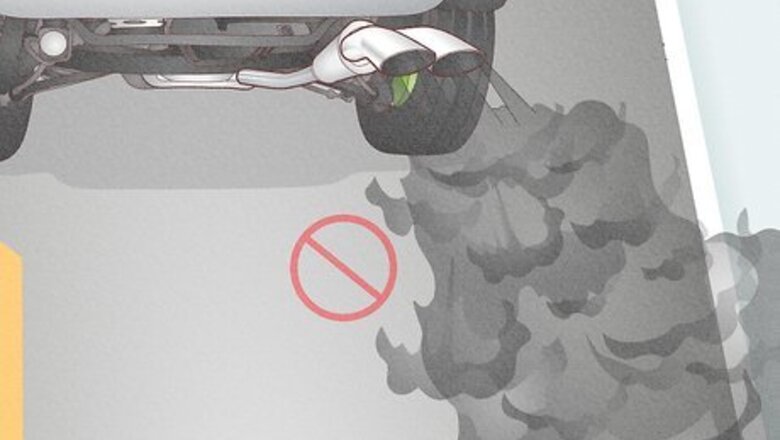
views
- Tricking a MAF sensor isn’t a good idea, since it can lead to lower mileage and cause your car to shudder and falter.
- Mass air flow sensors measure the air going into the engine. A faulty MAF sensor can lead to lower gas mileage and trouble accelerating.
- To clean a mass air flow sensor, remove it from your car and spray it with MAF cleaner. Let it dry for 1 hour, then put it back into your vehicle.
- If the MAF sensor is bad, the best thing to do is replace it.
Is it a good idea to trick a mass air flow sensor?
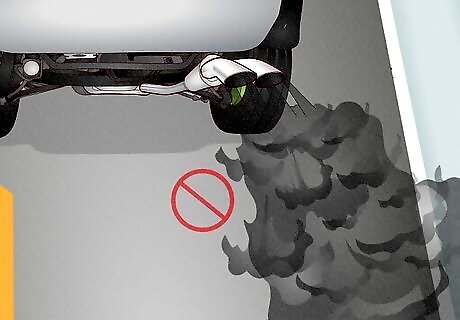
No, it’s not a good idea to trick a mass air flow sensor. Since your mass air flow sensor tells the engine how much fuel to inject, “tricking” it can have adverse effects on your vehicle. If you try to bypass your mass air flow sensor, you may get lower gas mileage and have to fill up with fuel more often. It can also lead to other car problems, like trouble starting, trouble accelerating, and black exhaust smoke.
What does a MAF sensor do?
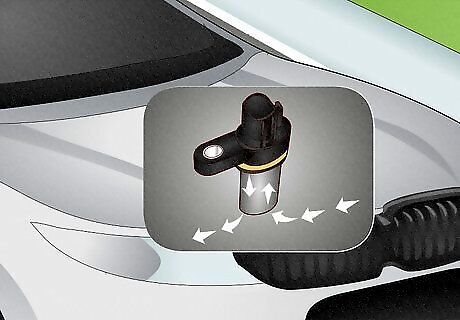
A mass air flow sensor measures the air mass going into the engine intake. It sends a signal to your car's computer, or ECU, which then determines how much fuel to add to the engine. The ideal air-fuel ratio for a car is 14.7 pounds of air to 1 pound of gasoline. Disrupting this ratio can lead to a worse fuel economy, meaning you’re getting fewer miles per gallon than you normally would. The fuel-to-air ratio is always adjusting while you're driving. It increases while you accelerate and decreases while you’re cruising.
Signs of a Bad Mass Air Flow Sensor
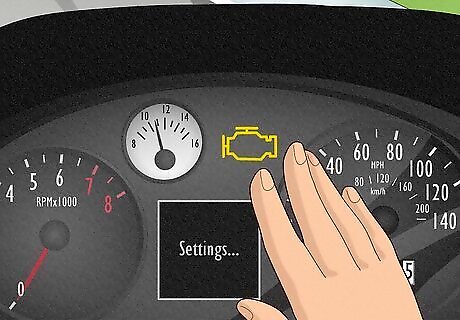
The check engine light is on. Check engine lights come on for a myriad of reasons, but one of them is when the MAF sensor is faulty. You can bring your car into an auto parts store to have them read the code on the dashboard to see what the check engine light is telling you. If you have an OBD-II scanner, you can read the code yourself.
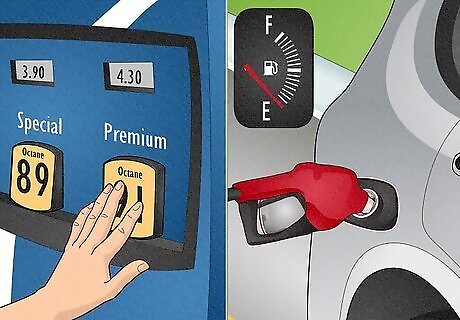
Your gas mileage decreases. Since the MAF sensor has to do with fuel regulation, when it goes bad, you may notice that your car isn’t running as efficiently. You might have to fill up on gas more often, which can cost a lot of money over time.
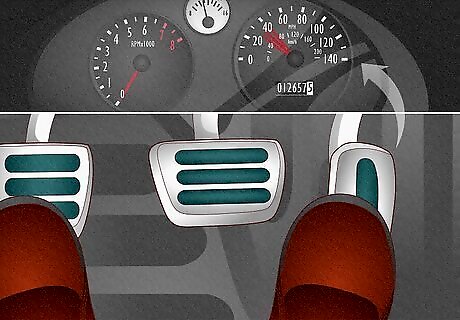
You have trouble accelerating. The MAF sensor tells the car when to inject fuel into the engine. If it doesn’t tell the car to inject enough fuel, your car might be harder to accelerate, even when you’re pressing down on the gas pedal.
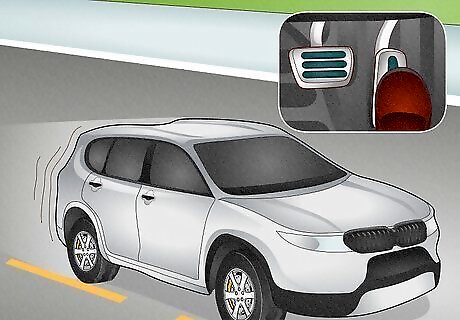
The vehicle hesitates or surges while accelerating. An MAF sensor that’s working correctly helps inject fuel while you’re pressing on the gas. You may notice that your car surges or has trouble accelerating, and it’s because it has too much or too little fuel in the engine.
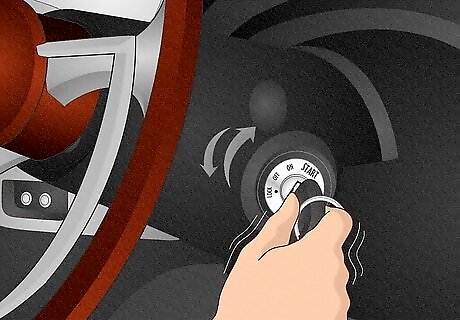
Your vehicle is hard to start. Your car’s engine needs a lot of fuel to start up. When the MAF sensor is bad, your car might not send enough fuel to the engine. You may notice that your car takes a few tries to turn on.
Fixing a Bad Mass Air Flow Sensor
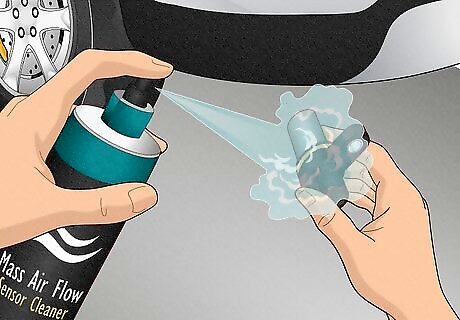
Clean the MAF sensor with MAF cleaner. Sometimes, the MAF sensor isn’t bad—it’s just dirty. To clean your mass air flow sensor, which is usually between the air filter and the intake, unscrew the MAF sensor and remove it. Then, spray it with MAF cleaner. Let the sensor dry for 1 hour, then put it back into your car. MAF sensors are very delicate, so scrubbing or wiping it could damage it. Just spray the cleaner onto the sensor, let it dry, then put it back in your vehicle.
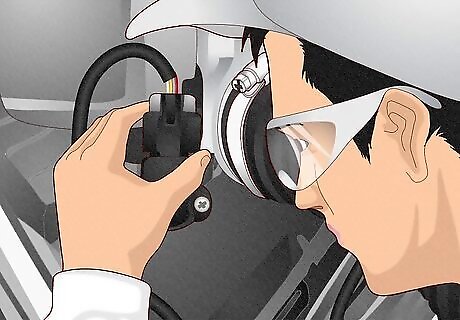
Take your car to a professional for a replacement. If cleaning your MAF sensor doesn’t work, there’s likely a larger issue. Take your car into a licensed mechanic and have them take a look. You may need a new MAF sensor entirely. An MAF sensor replacement usually costs $300 or less, labor included. There are a few other reasons why your air-to-fuel ratio might be off, including a vacuum leak, a clogged air filter, or a clogged catalytic converter. Ask a professional what’s going on with your car so they can diagnose the issue.


















Comments
0 comment